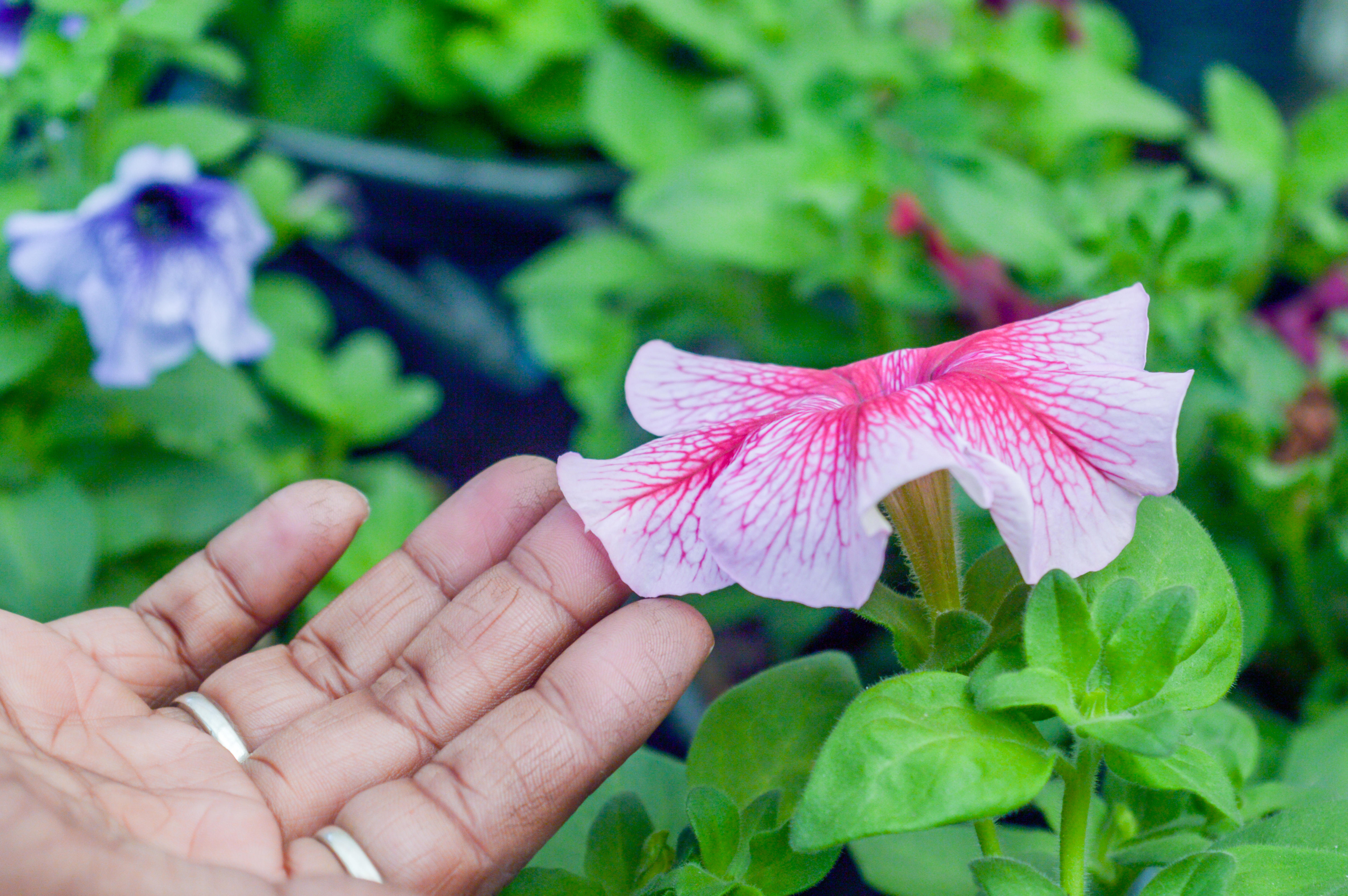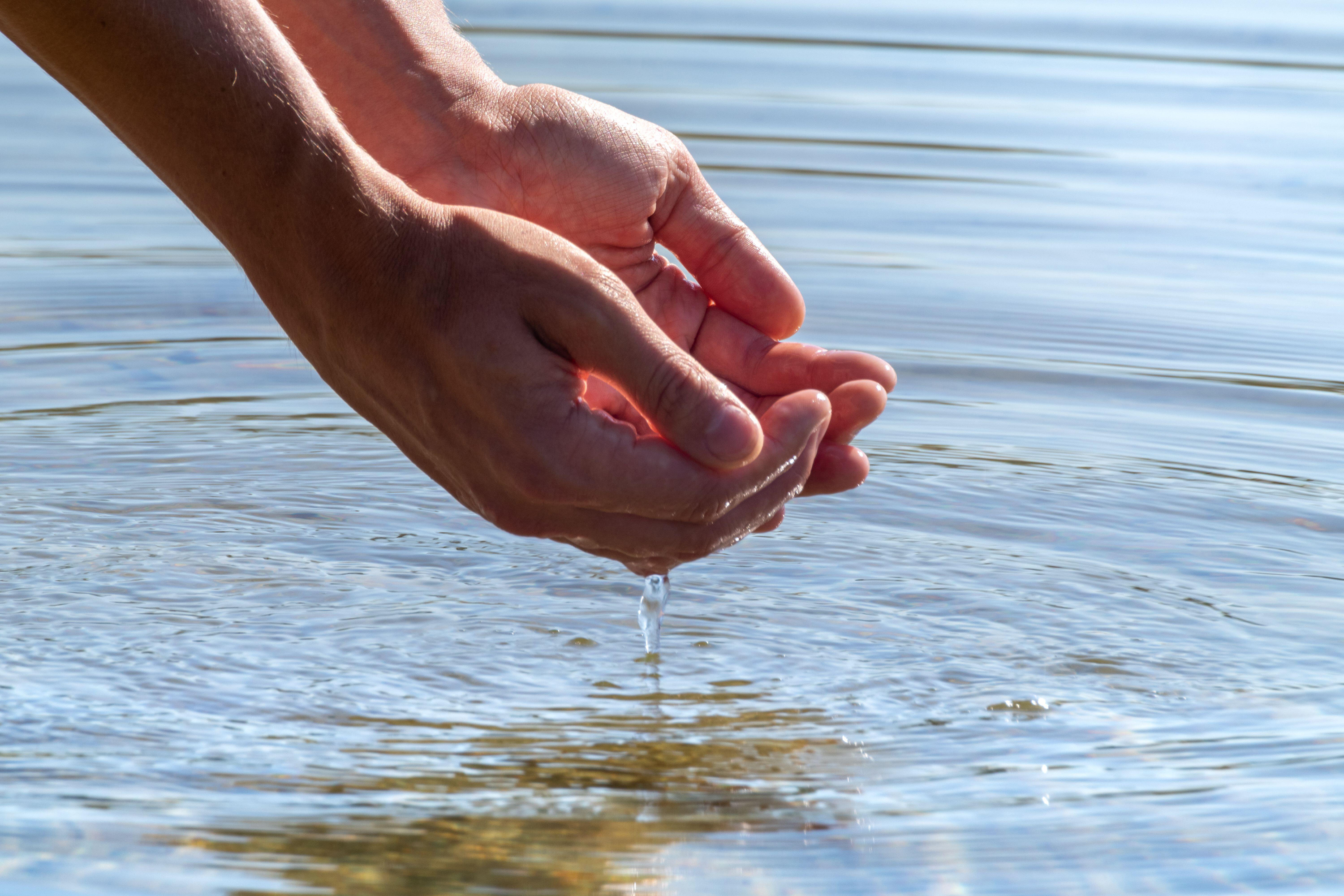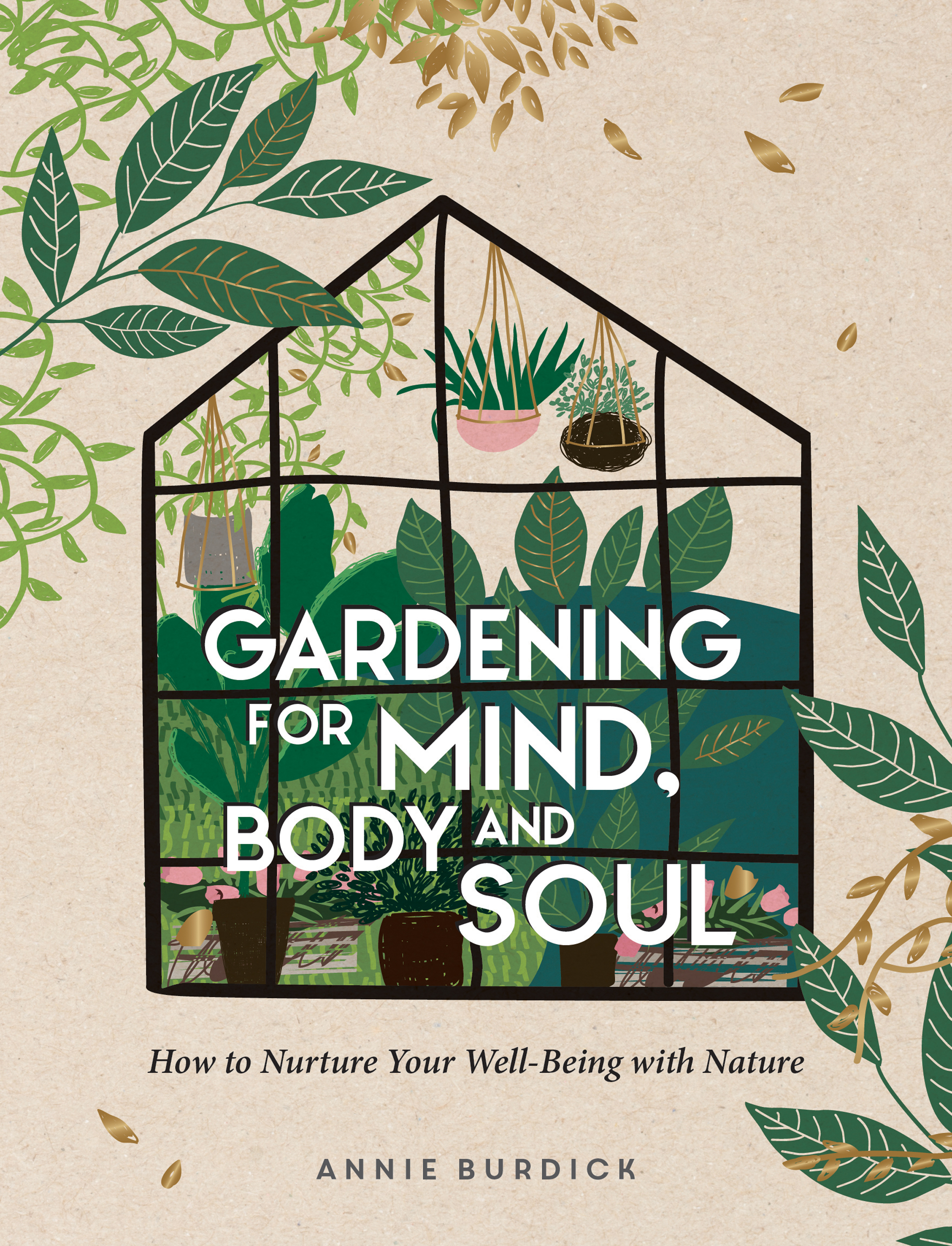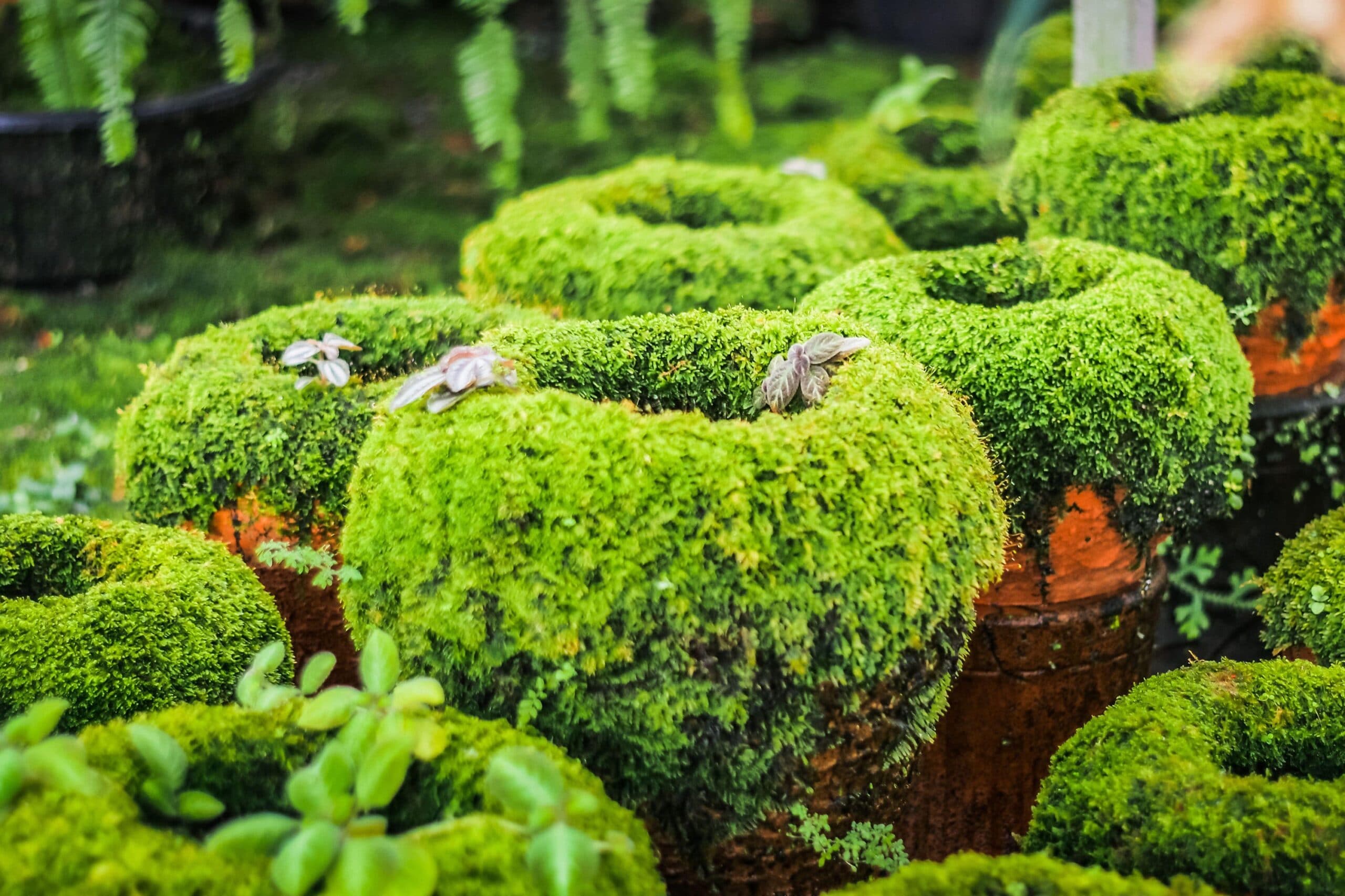Do you ever wonder why it feels so good to run your hands through long grasses, brush against fragrant leaves or walk barefoot on the lawn?
Tactile sensations, where you feel your garden physically as much as spiritually, can provide a deeper connection with the earth, says gardening expert Annie Burdick, author of a new book, Gardening For Mind, Body And Soul.
“We don’t realise that a lot of gardening is tactile and we are gravitating towards touching things in the garden anyway. So if you dig your hands into the soil, or feel leaves, or if you walk by a tree and brush the bark, it all connects us to the garden more,” says Burdick, from her home in Oregon.
“It can add a lot of benefit to how much we enjoy being in the garden and also just the mental feedback from the experience of being out there. It has a positive effect on people with sensory disorders or who are on the autism spectrum or children who are just learning to look at their environment.”
She offers the following tips on how to make your garden more tactile.
1. Plant touchy-feely plants
“Focus on things which are native to your area, which are soft, spongy and textured, like lamb’s ear (Stachys byzantine), Jerusalem sage, Mexican bush sage, tall ornamental grasses with plume-like tops that you can run your hands along.”
She also recommends pussy willow and Senecio cineraria and to avoid anything sharp in a tactile garden, such as thorny roses, or sharp foliage.
2. Make the most of moss
Some people might find it a nuisance but moss is great to touch and feel – it’s soft, springy and feels lovely under your fingertips, she notes.
“Moss also grows quickly, spreads easily, provides great cushion and texture, adds a landscaping element and is amazing for the ecosystem of your garden,” she writes.
You can pick a clump of moss from your garden and mix it with a cup of natural yogurt in a blender, then spread the mixture on the surfaces of pots, benches or statues (to help moss grow on them) enjoying the soft texture as you pass by, she suggests.
3. Feel your flowers

Plant flowers that have really soft petals which feel good to the touch, such as petunias or pansies, she says.
4. Site your sensory plants in easy touching distance
“It depends on how much space you have, but I would recommend having tactile plants near where you are sitting down, so you can reach out and touch them.
They could also be put in a space where you are doing some work, or where you just want to hang out with a friend, or meditate or read. It’s about getting that green time.”
5. Dip into water

“I love water as an option for a tactile garden. People think of it as a sound thing, but I think having a trickling element gives you a unique and calming sensation when you dip your hands in and feel the soft, rushing water.”
6. Don’t forget furniture and ornaments
The more texture you have in your garden, the better, so it might be a wrought iron bench or a rattan chair, or a wooden seat piled high with soft cushions, so you sink into different feelings to enjoy your garden.
Sculptures also add a more touchable element to your space, as you run your hands over the different surfaces of a statue each time you pass it, she offers. Smooth stones and pathways can also feel great underfoot if you throw off your shoes and socks.

Gardening For Mind, Body And Soul by Annie Burdick is published by Vie Books, priced £12.99. Available now.





